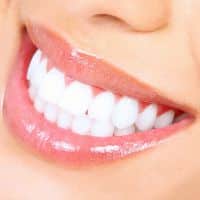Akin to the rings in a tree trunk, teeth provide a chronological record of exposure from their microchemical composition in relation to defined growth lines. Manish Arora, from The Mount Sinai School of Medicine (New dYork, USA), and colleagues analyzed iron deposits in teeth as a method for retrospective determination of exposure to the metal. In particular, the team sought to explore whether early iron exposure could be linked to late-life brain diseases like Parkinson’s and Alzheimer’s, which are associated with the abnormal processing of iron. While not all formula fed babies will experience neurodegeneration in adulthood, the combination of increased iron intake during infancy with a predisposition to impaired metal metabolism such as the inability of brain cells to remove excessive metals may damage those cells over time. Their study suggests that too much iron in infant formula may potentially increase risk for neurodegenerative diseases in adulthood; Writing that: “we discuss the potential long-term implications of excessive iron intake in early life, propose the analysis of iron deposits in teeth as a method for retrospective determination of iron exposure during critical developmental windows,” the study authors urge that a priority in pediatric research should be the rigorous determination of iron supplementation needs of infants according to their individual iron status.
Teeth Tell of Toxins
Dominic J. Hare, Manish Arora, Nicole L. Jenkins, David I. Finkelstein, Philip A. Doble, Ashley I. Bush. “Is early-life iron exposure critical in neurodegeneration?” Nature Reviews Neurology, 23 June 2015.
RELATED ARTICLES




